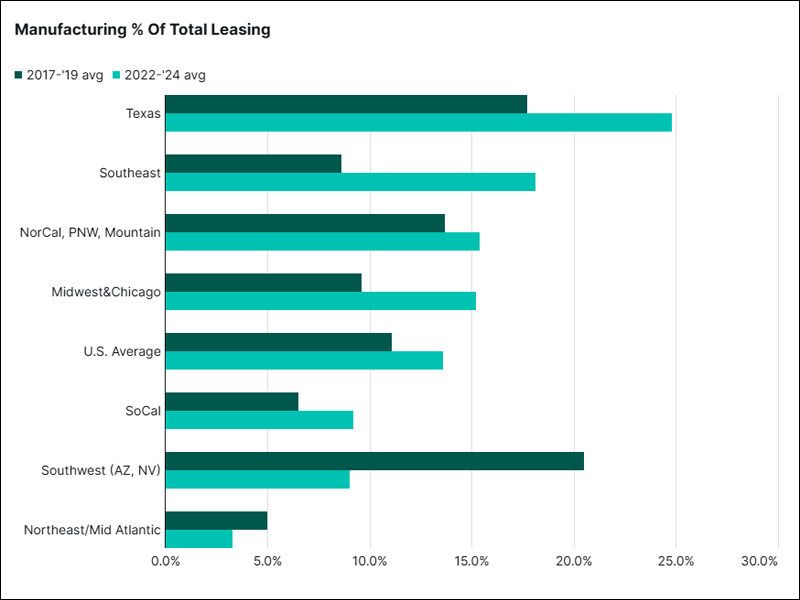Natixis Introduces Green Weighting Factor
This makes Natixis the first bank in the world to adopt a tool that actively manages the climate impact of its balance sheet, going beyond reporting.
French corporate and investment bank Natixis has adopted a new strategy in assessing the credit approval process. The bank has successfully implemented the so-called Green Weighting Factor, a mechanism that allocates capital to financing deals based on their climate impact. The initiative was initially announced at the Climate Finance Day in Paris on Dec. 11, 2017.
The methodological development took 18 months to complete. Consultants Groupe Carbone 4, I Care & Consult and Quantis also contributed through technical advice. The mechanism will be independently verified by KPMG in 2020.
The tool is now up and running, applicable to Natixis’ financing across all business sectors worldwide except for the financial sector. Specifically, analytical risk-weighted assets are reduced by up to 50 percent for green deals, while facilities that have a negative environmental and climate impact see their analytical RWA increased by up to 24 percent.
READ ALSO: Green Financing’s Growth and Growing Pains
The adjustment of the expected rate of return of each financing deal based on its environmental and climate impact provides a strong incentive for the bank’s teams to favor green financing when assessing deals with equivalent credit risk. The Green Weighting Factor makes Natixis the first bank in the world to adopt a tool that actively manages the climate impact of its balance sheet, going beyond reporting.
Methodology specs
The Green Weighting Factor is based on a highly detailed sector-based methodology whereby each financing transaction is assigned an environmental rating on a seven-level color scale ranging from dark brown to dark green. This rating is derived from an assessment of the deal’s climate impact and factors in water, pollution, waste and biodiversity, among others.
The rating applies to either the asset or project being financed or to the borrower for general-purpose financings, whether corporate or public sector clients. Each color corresponds to an adjustment factor that is applied to the risk-weighted assets of each transaction and is used to assess its expected profitability.
The Green Weighting Factor applies to nearly $140 billion of Natixis’ CIB balance sheet, of which 70 percent has already been assigned a color rating—of this, brown represents 38 percent, green represents 43 percent and neutral 19 percent. By risk weighted assets, half of the portfolio is classified as brown, one quarter as green and one quarter as neutral.
Natixis’ tool is replicable and could be adopted by other banks committed to transitioning their portfolios. The French bank will progressively share details of its approach with its peers next year, including with banks collectively committed to climate action among signatories of the Principles for Responsible Banking developed by the United Nations Environment Programme Finance Initiative.
The goal is to align Natixis’ financing over time with the goals set out by the Paris Agreement on climate change. Targets for this transition will be set out within the coming year.






